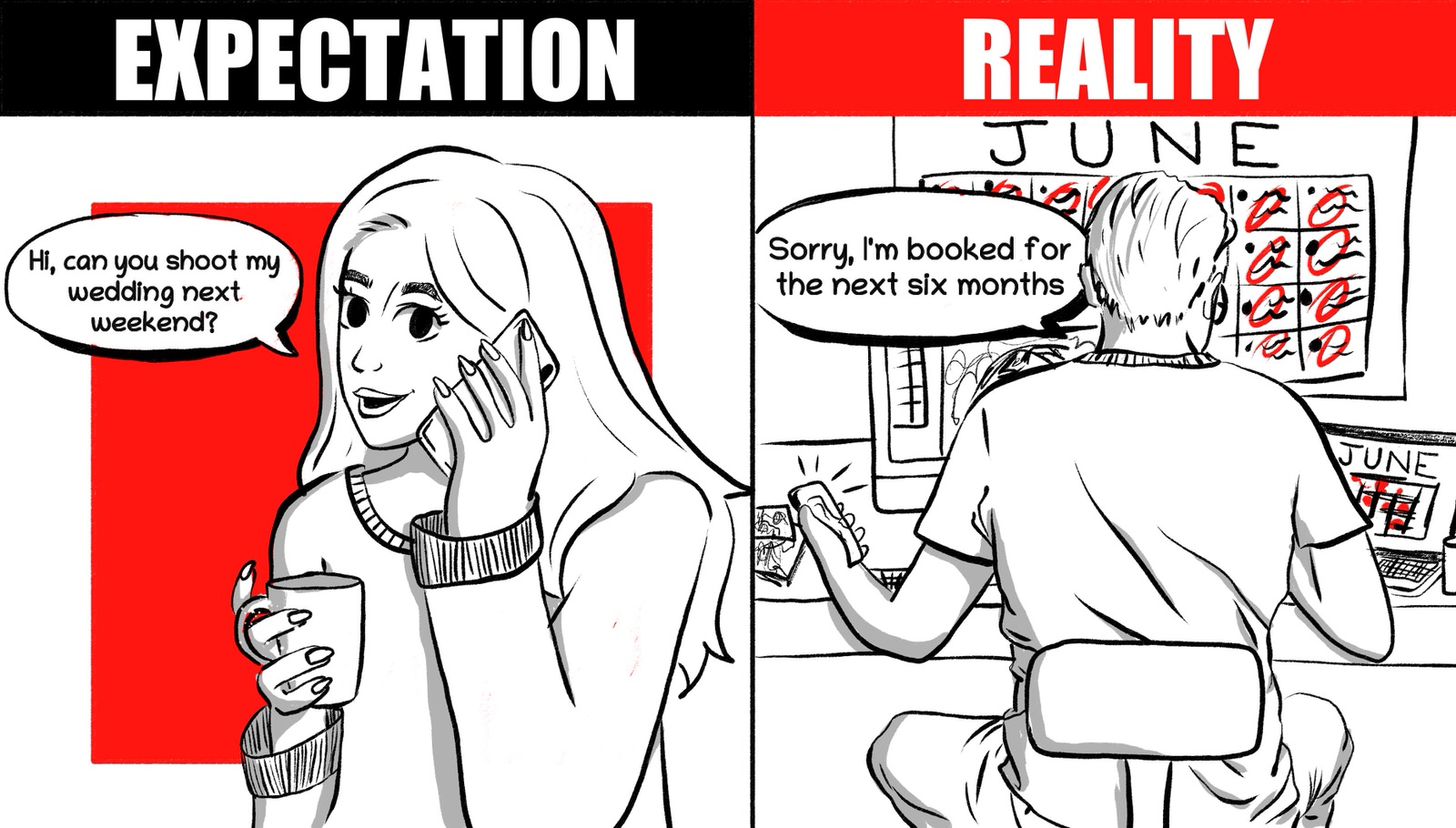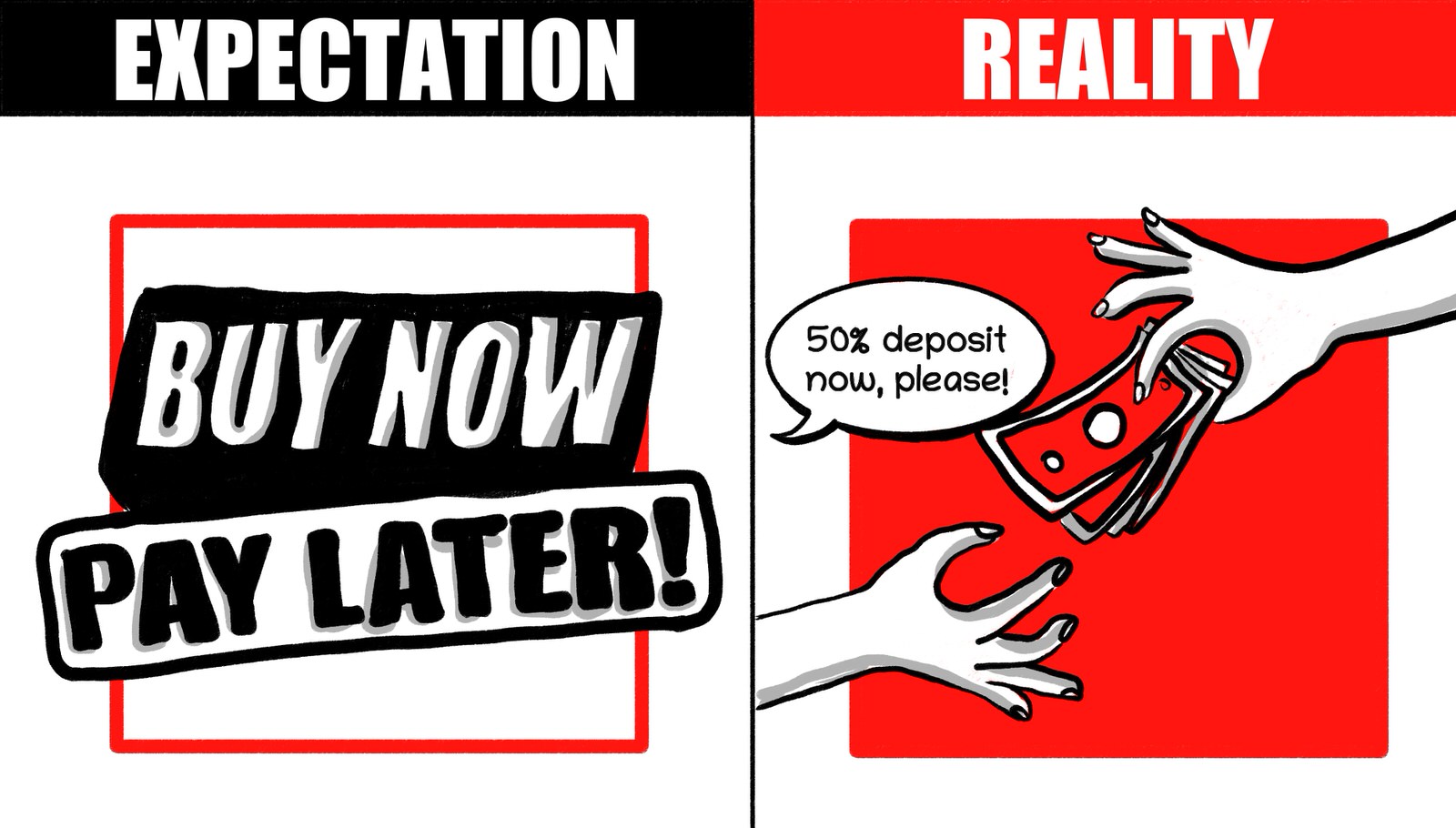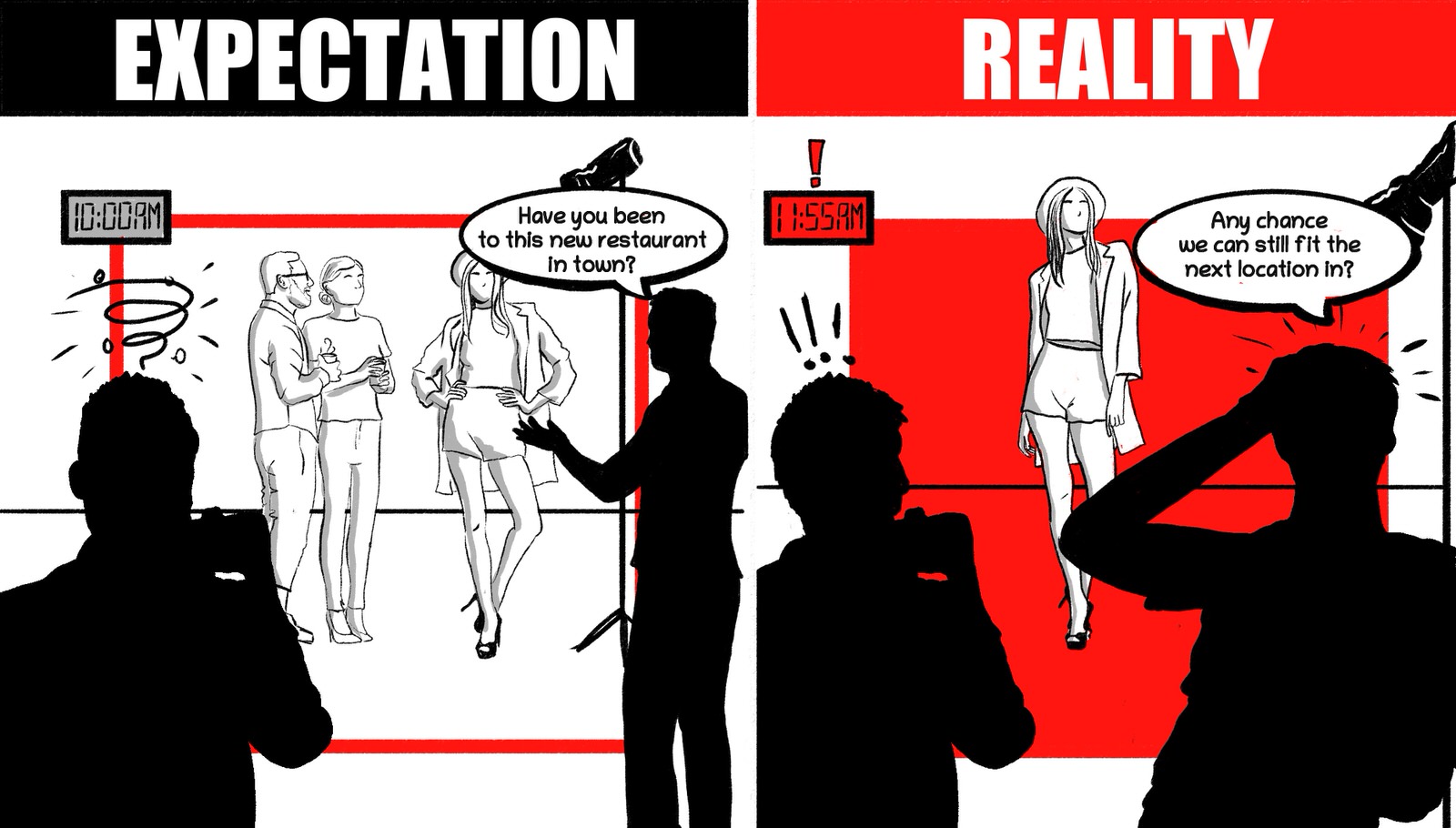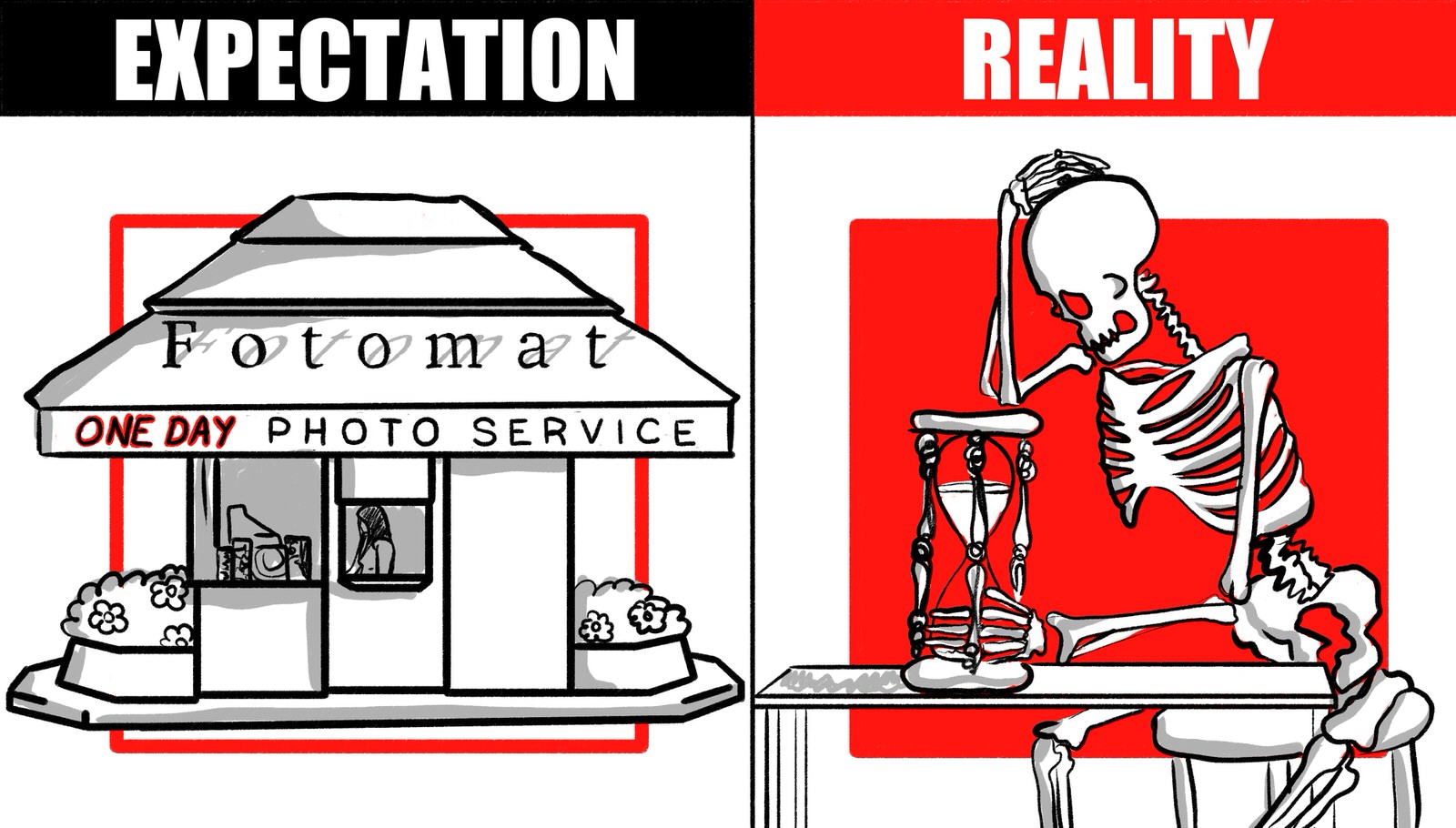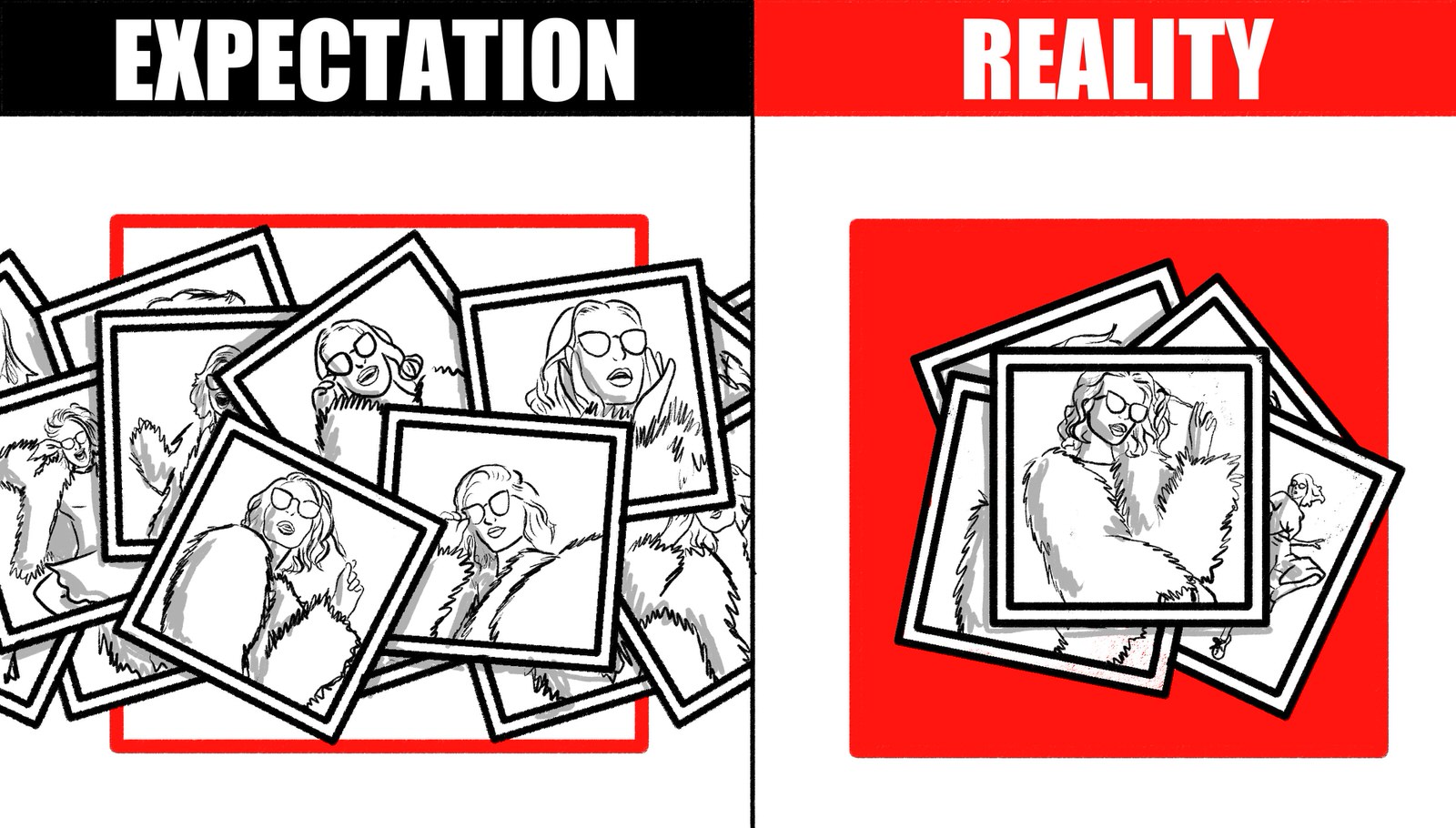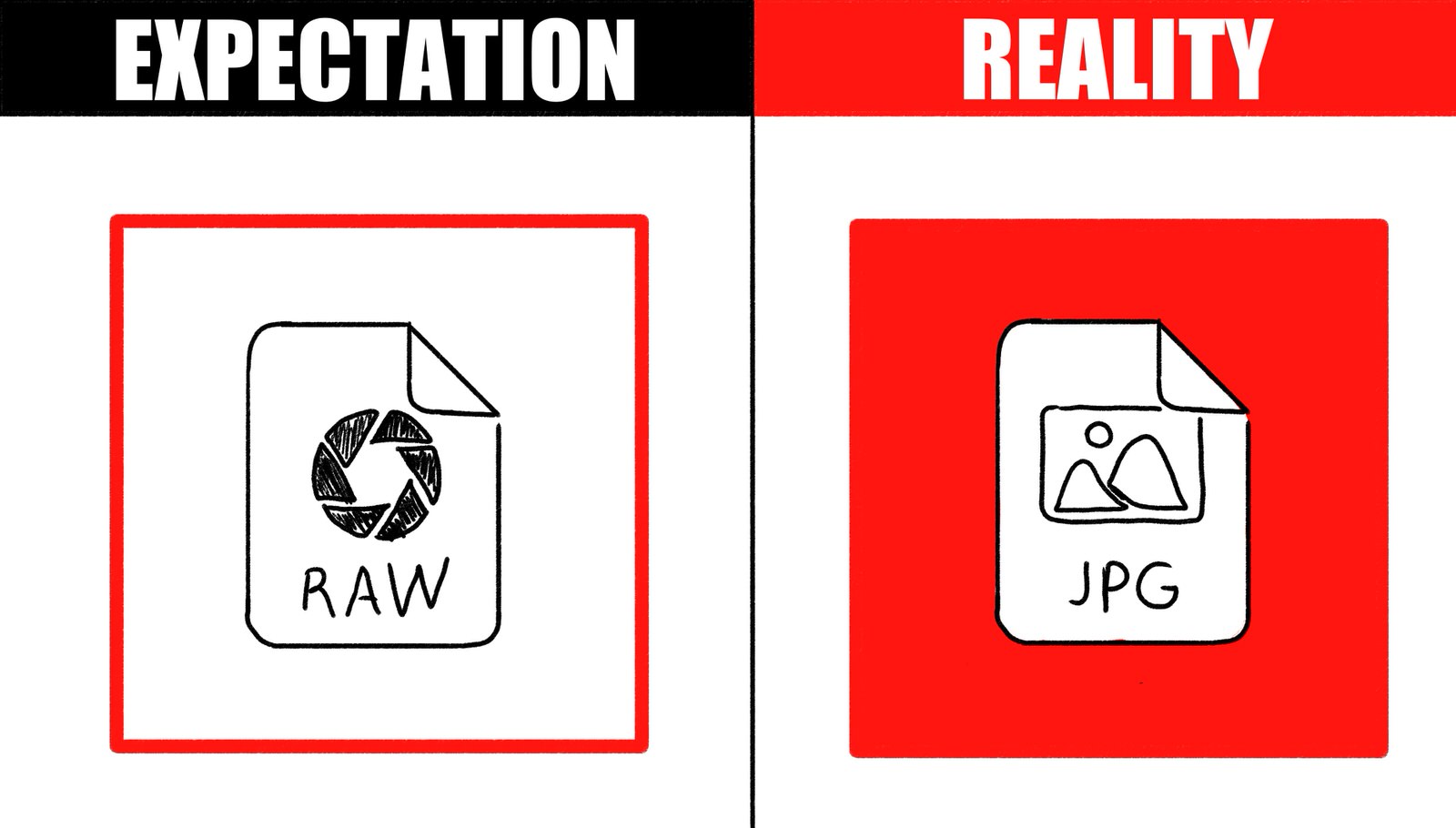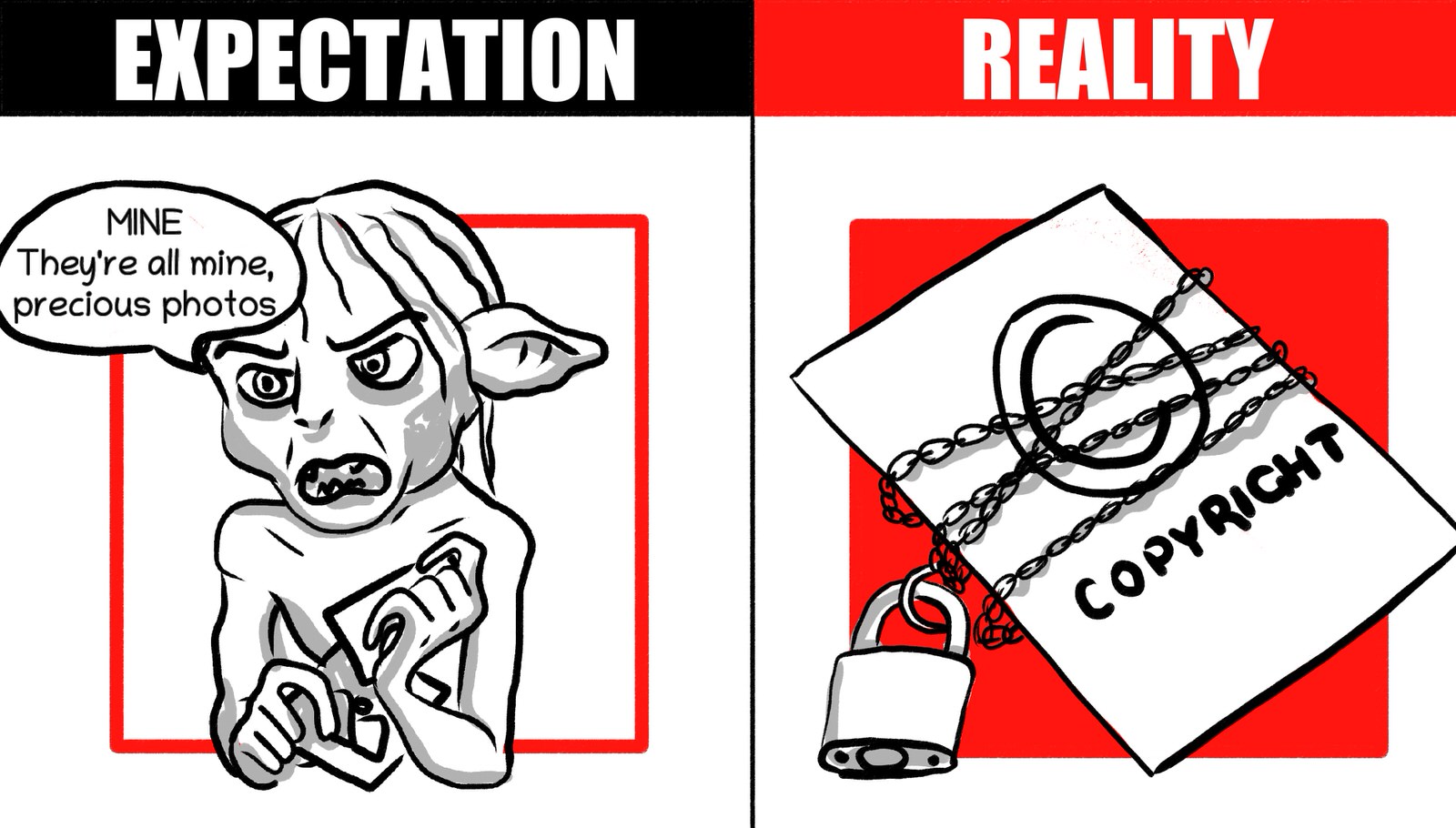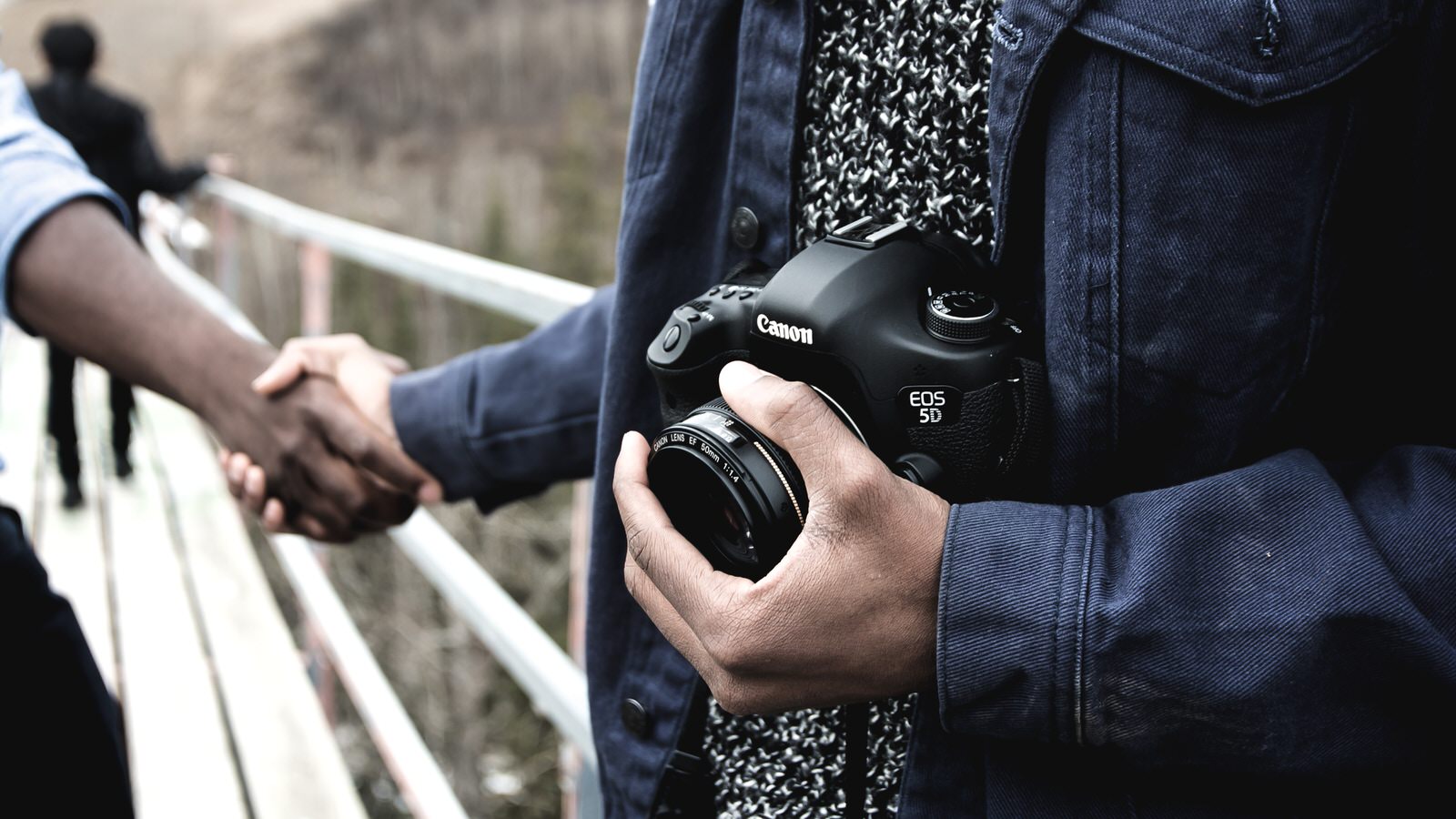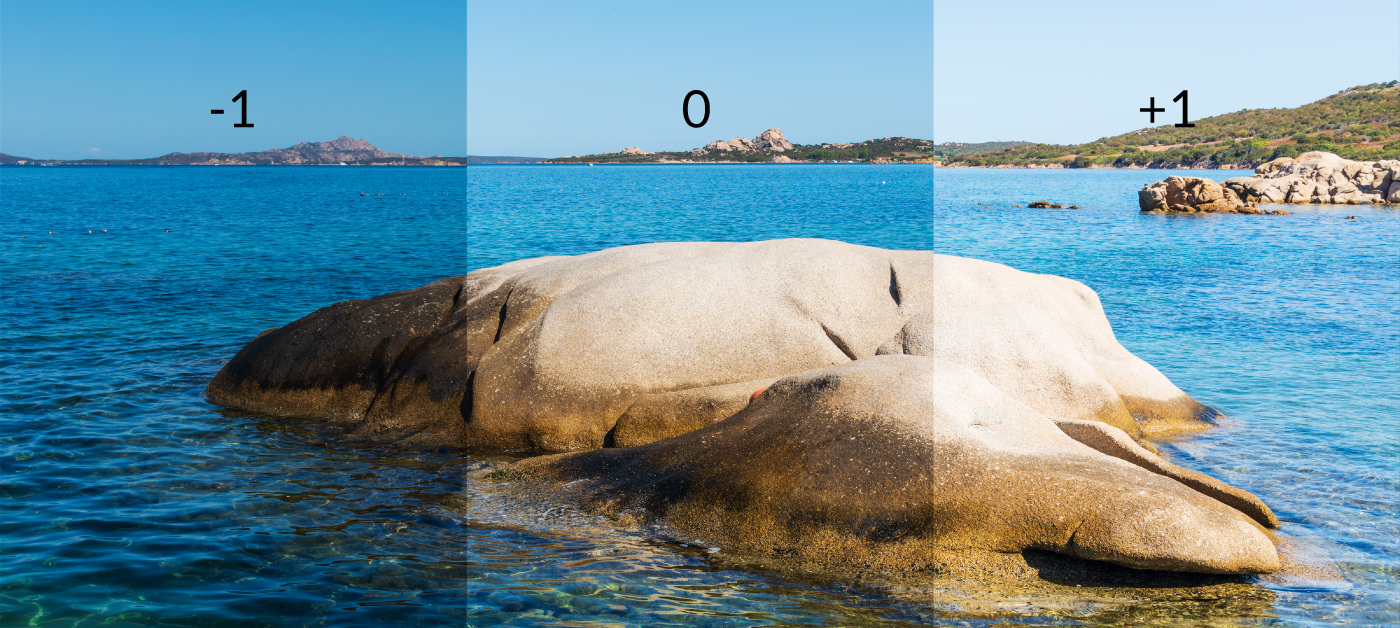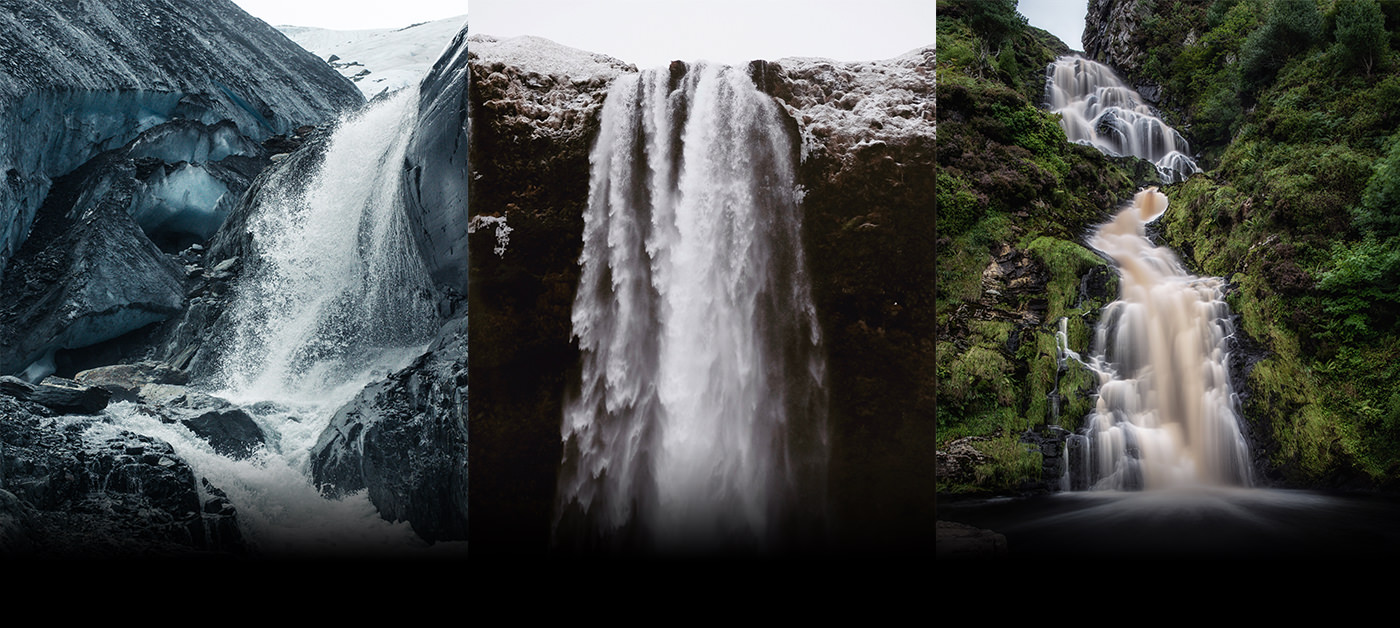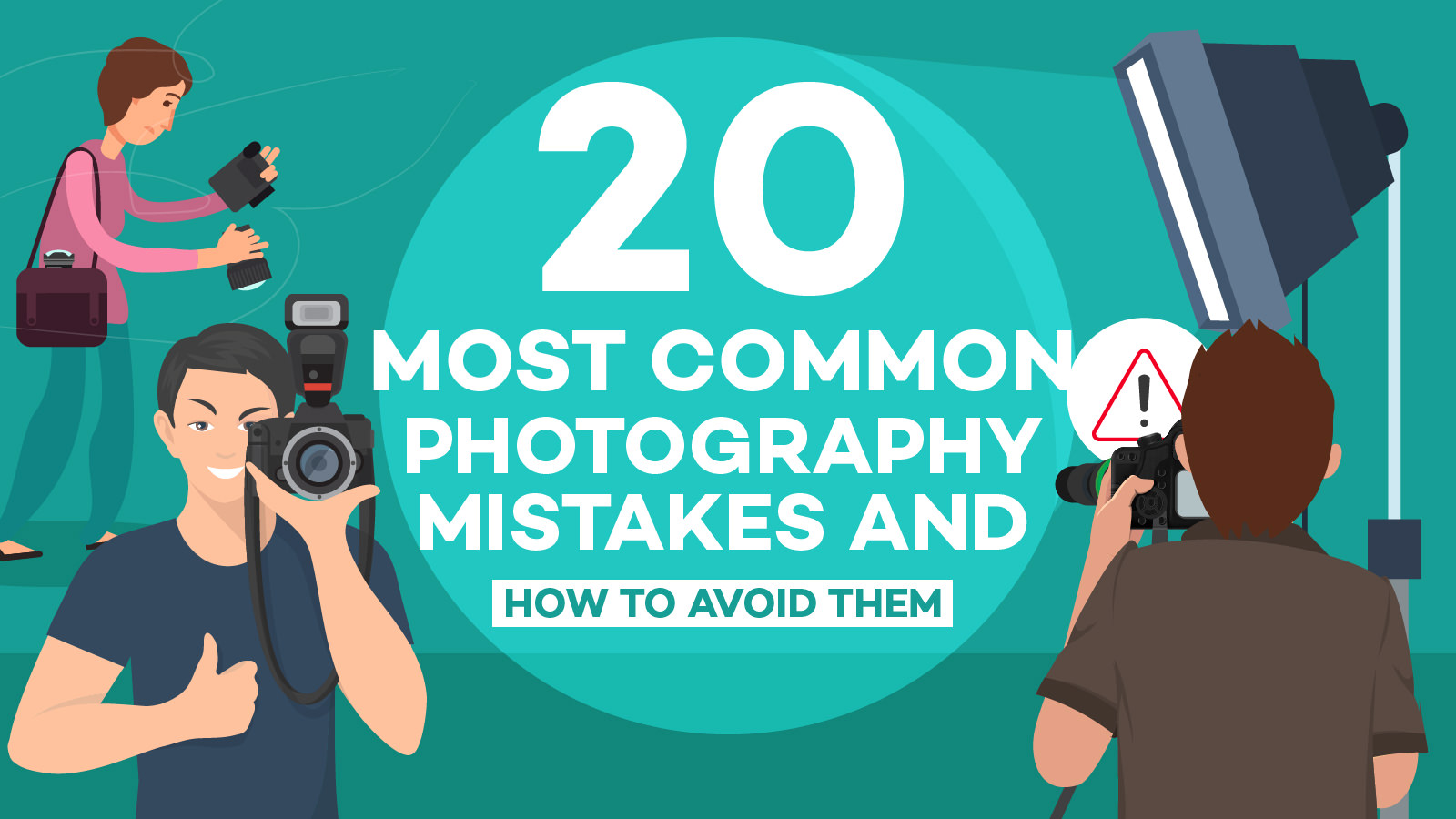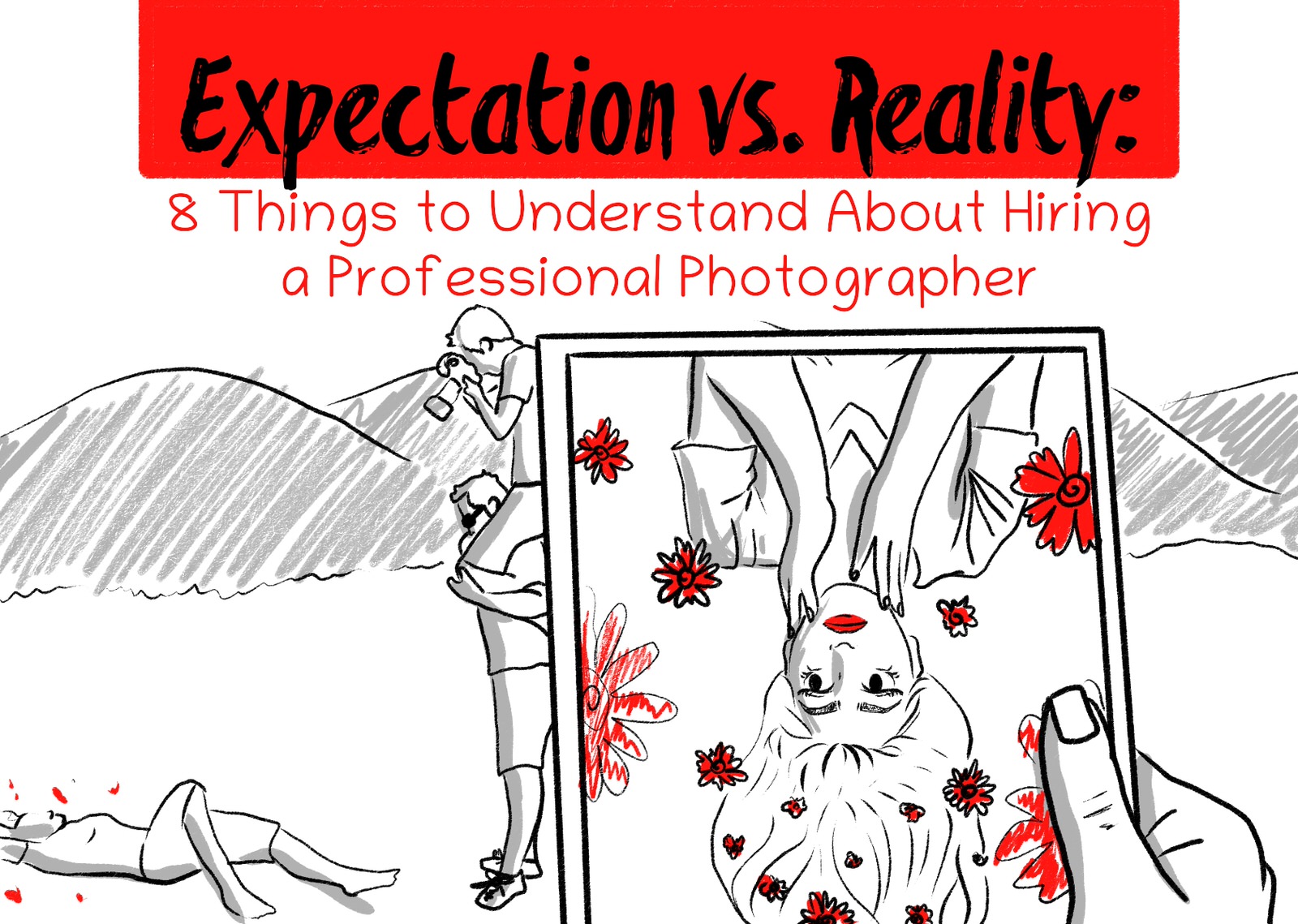
Expectation vs. Reality: 8 Things to Understand About Hiring a Professional Photographer
Professional photography sounds like it would be a fun job, doesn’t it? You get to play with fancy equipment, do that artsy square thing with your hands to frame the scene, and post a million Pinterest-worthy portraits on your blog every few days. What could be better, right?
While professional photographers on the whole really do love their jobs, there’s a lot more to it than the golden hour and a few well-placed artsy hand squares. Because digital photography has made the industry seem so accessible, clients sometimes assume the experience will be a matter of placing their order and getting it back immediately and exactly as requested.
But art doesn’t work that way. If you are a potential photography client in search of a professional, you could be setting yourself up for disappointment without a realistic view of what goes on behind the scenes. However, if you go into it with reasonable expectations (some of which a professional will know to establish in the first place) chances are you’ll be pretty happy with the reality of your final images.
Here are eight expectations photographers and their clients love to butt heads about and how to avoid them:
Availability
You’re probably not going to book a photographer the week you call them. Depending on what type of work you need, a professional photographer may be booked up months in advance. You know how you started seeing promos for Christmas minis the day after Halloween? There’s a reason for that.
For seasonal portraits of any kind, it’s a good idea to book before the season in question. The reason being (as we’ll discuss in more detail later) good post-processing takes time. If you want a photo to go on your Christmas card, you aren’t likely to shoot it the week before Christmas with a professional. They have to cull, edit, and deliver your photos, which you then have to design a card around, which has to get printed and mailed out. You’ll be stressed, they’ll probably charge you a rush fee if they even agree to do the job… it’s just not worth the stress.
Weddings are even more intense in this regard. Seasoned wedding photographers will usually have their entire season booked three to six months (sometimes as much as a year) in advance. It’s a big investment, so take the planning phase seriously as you select a photographer.
- Planning your photography needs a season ahead
- Having multiple dates and/or times ready to suggest to your photographer
Pricing
First-time photography clients often experience a little sticker shock when they realize the actual cost of quality photos. You can read our article on pricing your photography work to get a more in-depth understanding, but suffice it to say a lot more goes into your images than you probably realize. For example, if there are children in your portraits, chances are your photographer has composited multiple images together just to get one where they’re all facing the camera at the same time.
If you take into account the time spent planning, shooting, and post-processing your images, along with sky-high equipment costs and Pinterest-fueled expectations… you might find that your photographer is actually giving you a deal.
- Researching your local market before you budget for a shoot
- Asking for an individualized quote from your photographer
Payment Structure
Don’t let it ruffle your feathers if your photographer asks for a deposit. After all, professional photographers (good, experienced ones at least) tend to have very full schedules. If you book a spot and then cancel, that’s a spot your photographer could have filled with another paying client.
For another thing, your photographer probably doesn’t work the traditional 9 to 5, so every shoot is a schedule balancing act. They may have juggled personal plans or other deadlines to make your time slot work. Your deposit ensures that, if they don’t get full compensation for the time they committed to working for pay, they at least won’t be in the hole for it.
Deposits don’t just safeguard your photographer’s time; they may need special equipment or props for your shoot or they might be renting equipment. Did you know that photographic equipment requires maintenance? (And that maintenance costs money?) Those expenses are out of pocket without your deposit, which is a big problem if you skip out on your booking.
- Budgeting for your deposit as soon as you start pricing out a shoot
- Asking about a payment plan in advance if needed
Length of the Shoot
When you pay for a two-hour session, you should get a full two hours unless you feel completely satisfied with less than that. However, you may be surprised at how quickly a two-hour shoot flies by. Wardrobe changes, moving to a new location, and the general to-do of getting everyone looking the same direction all eat into your session time, but you’ll be so busy trying to get everything perfect you might not even have time to check your watch.
Your photographer’s time (just like other professionals’) is valuable. If they agree to stay longer, that’s one thing, but it’s not required, so be prepared for your shoot and don’t prolong it by treating it like a social event.
- Minimizing complicated outfit changes (or bringing along a friend to help)
- Showing up on time (or even early) for your shoot
- Using your time efficiently by cutting down on unnecessary conversation and choosing locations that are close together
Image Delivery
Your photographer should be able to give you a time estimate for the delivery of your final images and/or sneak peeks. They base this on their own editing pace, their workload around the time of your date, and the style you conveyed to them you would like.
If your photographer doesn’t volunteer an estimate, it’s okay to ask for one! If they do, wait until at least a week before the longest time frame they quoted you before pestering them with “where are my photos” emails. It’s perfectly natural to be excited, but good photography takes time, both on the shoot and afterward.
If your photographer is deliberately dodging you or is out of communication after the deadline they quoted you, that’s another issue entirely. But! Before you take to social media with your outrage, pull out the contract you signed and find some specific phrases you can mention in your next communication with the photographer. If they still do not respond and the deadline is long past, it may be time to look at your legal options.
- Asking for a time estimate from your photographer based on their current workload
- Working out a sneak peek agreement if your photographer does not already offer one
- Making sure you are working with a photographer who has excellent communication skills from the very beginning
Number of Images
Clients often go into an agreement expecting hundreds of images back. To be fair, this is sometimes the case with wedding or event photography, where the photographer is shooting new and different things for hours at a time. However, it’s not always the case with most other types of photography. It’s up to the photographer to cull their images and determine which ones work and which ones don’t. You hired them because they have the experience and expertise to make those decisions!
Remember also that you aren’t the only one your photographer has to please. Every time you share their images on social media or anywhere else, their brand is being represented. While you might think a photo is perfectly fine, they have every right to deny you images that don’t meet their own professional standards, as it’s a poor advertisement of their services.
Just because a photographer doesn’t share every image with you doesn’t mean they don’t know their stuff. Most types of photographers don’t get rough drafts. They don’t get do-overs (at least not without great cost to themselves). There will be outtakes and subpar shots out of the hundreds or thousands they take during your shoot, because they are adapting and making adjustments as they go.
- Knowing approximately how many you can expect up front (talk to your photographer or check your contract)
- Ignoring how many images your friends got from their photographer… it varies!
File Type
There’s an epidemic going around. A RAW file epidemic. Your semi-pro photography friends may be feeding you advice to ask for these files, since they contain all of the visual information from the shot and can be edited more flexibly.
Nod and smile at your well-meaning friend, and then thank your professional photographer for your carefully edited and curated JPEGs, PNGs, or TIFFs. RAW files aren’t magically perfect images straight out of the camera; in fact, they often don’t look all that good in the beginning. You might not even be able to view them unless you have the right software.
Your photographer handing over a RAW file is like a chef putting you in a kitchen with all the ingredients needed for a complex dish you’ve never made before. But there’s no equipment, no equipment list, and no recipe. Sure, you could probably Google the recipe and cobble something together, but it would take a lot of time and it probably wouldn’t look or taste as good.
It’s also possible that your photographer just didn’t get the shot, and they aren’t turning over the RAW file because it’s beyond help. It happens! There are no rough drafts, remember? Your contract probably doesn’t guarantee any one shot for this exact reason.
While you may have sentimental reasons for wanting a particular shot that didn’t make the cut, it’s just bad business for your photographer to turn over a bad product. If you want all the shots, subpar lighting, blurry faces, closed eyes and all, you probably have an army of smartphone-wielding friends who can provide those quite easily.
- Choosing an experienced photographer you can trust to follow industry standards
- Checking your photographer’s portfolio and/or online galleries to see how those images look on your computer. (They won’t be posting RAW files online, so what you’re seeing is the level of quality you can expect from your finished JPEGs, PNGs, or TIFFs.)
Image Use Rights
We’ve all thought about copy/pasting one or two of those sneak peeks and cropping out the watermark. That way you don’t have to pay for each of those extra poses, and after all you did pay the sitting fee. Why should you have to pay for your images twice?
Even though you appear in those images, they are not your images unless the rights are specifically given to you in the contract. In fact, you may have signed a model release that gives your photographer permission to continue using your photos in their portfolio and promotional materials – or really any way they see fit. The photographer takes the images, the photographer gets the copyright.
- Understanding your contract and confirming what your rights will be before signing
- Hiring a photographer whose image rights policy is acceptable to you
- Respecting those image rights once you’ve agreed to them
It’s important to remember that every photographer (and client) is different. So even though this is an entertaining set of guidelines that will serve both parties well, it’s not photography law. The best way to avoid disappointment in the client/photographer relationship is through open communication and a little bit of flexibility.
And maybe a shared Pinterest idea board. Just to cover all the bases.

